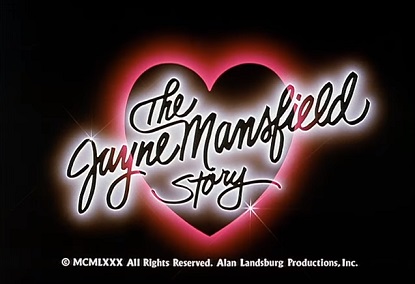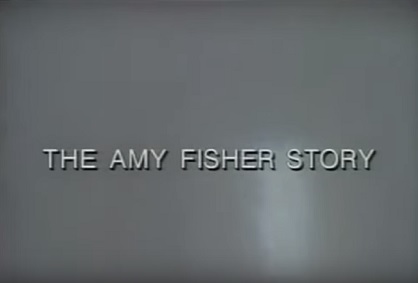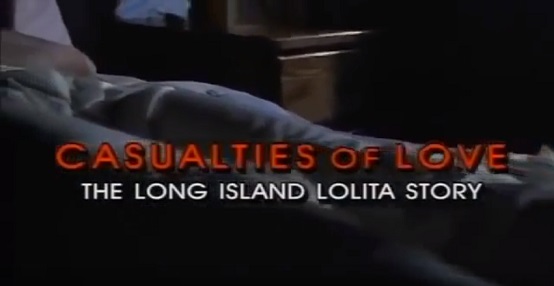
“Death of a Centerfold” (1981)
Made for TV movies about true stories have a few strikes against them from the beginning. Often, due to time constraints, real life events are condensed, which diminishes the dramatic impact. The limited production values also make them look cheap and campy, which is fine if you’re telling, say, The Jayne Mansfield Story, but isn’t so great if you’re dramatizing a horrific murder-suicide, as in 1981’s Death of a Centerfold, a movie that tries hard to be high drama, but ends up looking like a reenactment on America’s Most Wanted.
Based on the death of Playmate of the Year Dorothy Stratten, a true story far too gruesome to be watered down and made appropriate for network television (if you’re feeling in too good of a mood, read the Pulitzer Prize winning Village Voice article about it), it stars Jamie Lee Curtis as Dorothy, and Hill Street Blues‘ Bruce Weitz as Paul Snider, her husband and eventual killer. Both are woefully miscast–Curtis looks nothing like Dorothy, and, though she makes a yeoman’s effort, she just isn’t convincing as a wide eyed naif whose blind trust in the men in her life ultimately seals her doom. While Weitz is absolutely convincing as a murderous scumbag, he’s simply too old to play Snider, only in his late twenties when the events of the movie take place, though he does wear a series of impressive gold medallions, including an Italian horn pendant that looks to be nearly two inches long.







